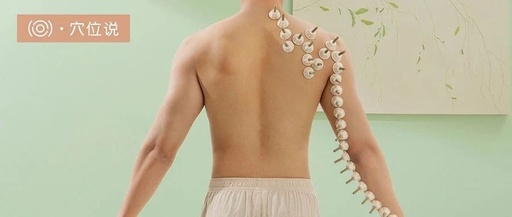
///
According to the Huangdi Neijing (Yellow Emperor’s Inner Canon): “Human life is born from the earth and hangs its fate on heaven. The union of heaven and earth gives rise to humanity.” This reflects the TCM concept of “the unity of heaven and humanity”—heaven has four seasons, and humans have four limbs; heaven has the five elements, and humans have the five organs; heaven has rivers, and humans have meridians… Among these, the twelve meridians are the main body of the human meridian system, characterized by their connection to the interior and exterior meridians, and their association with corresponding organs.
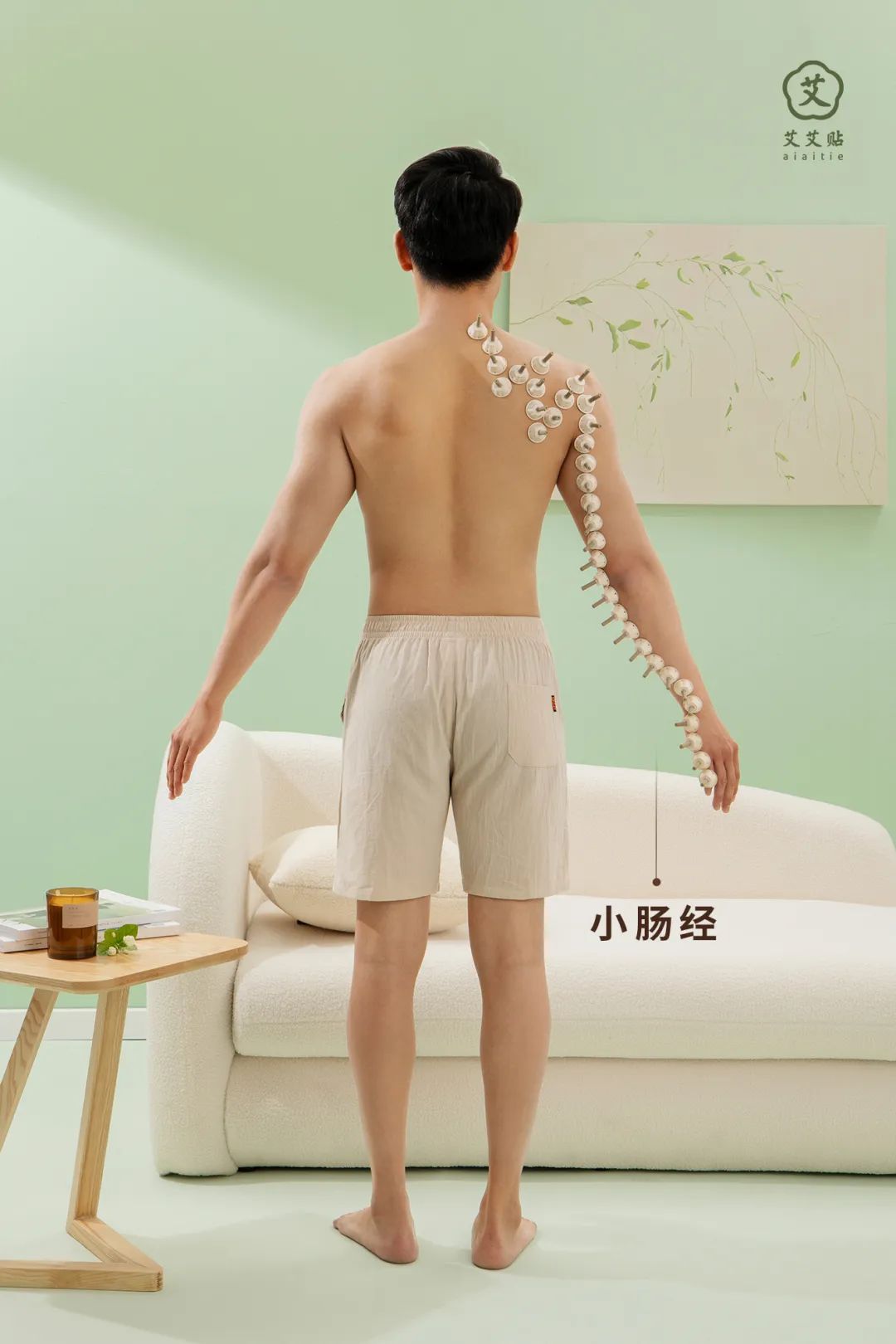
Today, we will discuss the Hand Taiyang Small Intestine Meridian.
01
Understanding the Hand Taiyang Small Intestine Meridian
The small intestine in the human body is akin to the ministerial official, responsible for receiving food digested by the stomach, further extracting nutrients, and through the absorption and transformation of the spleen, delivering them to the heart and lungs, distributing them throughout the body. The remaining waste is then transferred to the large intestine for excretion. This is what the Huangdi Neijing refers to as “differentiating clarity and turbidity,” which is an important component of restoring Qi and blood.
The small intestine governs fluids; if the small intestine is diseased, clarity and turbidity cannot be distinguished, leading to a mixture of fluids, essences, and waste that improperly descend to the large intestine, causing issues. Additionally, the Huangdi Neijing states, “The fire of the heart moves to the small intestine,” indicating that the small intestine and heart are interconnected through meridians. When the heart’s fire is strong, it often affects the small intestine’s ability to differentiate and separate, thereby impacting the body’s fluid balance.

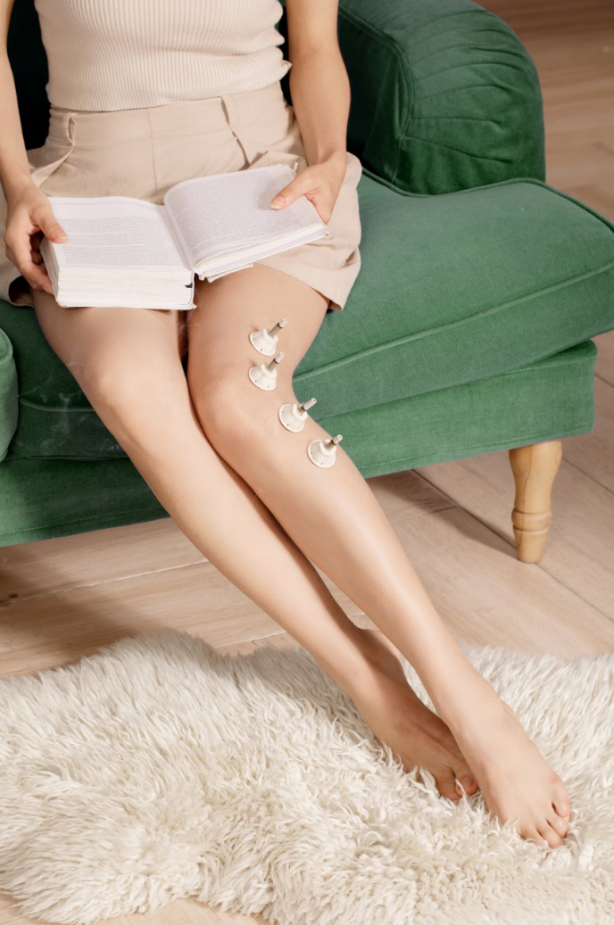
The small intestine meridian plays a significant role in digestive function; the decline of the small intestine’s function can lead to disharmony in the body, resulting in various uncomfortable symptoms such as yellowing of the eyes, hearing loss, and swelling in the cheeks and throat.
The acupuncture points associated with the Hand Taiyang Small Intestine Meridian include: Shaoze (Lesser Marsh), Qiangu (Front Valley), Houxi (Back Stream), Wangu (Wrist Bone), Yanggu (Yang Valley), Yanglao (Nurturing Old), Zhizheng (Upright Support), Xiaohai (Small Sea), Jianzheng (Shoulder Integrity), Nao Yu (Shoulder Shu), Tianzong (Heavenly Gathering), Bingfeng (Supporting Wind), Quyuan (Curved Ditch), Jianwaiyu (Outer Shoulder Shu), Jianzhongyu (Middle Shoulder Shu), Tianchuang (Heavenly Window), Tianrong (Heavenly Container), Qianliao (Cheek Bone), and Tinggong (Palace of Hearing), totaling 19 points, with 38 points on both sides.
02
Recognizing Several Important Points of the Small Intestine Meridian
Blockage in the small intestine meridian can affect the absorption of essential substances in the body, leading to decreased immunity and weakened constitution. We can use moxibustion to clear this meridian, which will gradually strengthen our body and can also help regulate chronic enteritis, hernias, and other issues.
Moreover, the small intestine meridian is also an important meridian for regulating milk secretion in postpartum women. If there is insufficient or thin milk after childbirth, it is usually due to blockage in the small intestine meridian. While nourishing Qi and blood (such as consuming pig trotters and crucian carp soup), stimulating related acupuncture points of the small intestine meridian, such as Shaoze point, through moxibustion can also promote milk secretion.
Houxi Point: Opens the Governing Vessel, Protects the Spine
Location: Make a fist, locate the distal transverse crease at the fifth metacarpophalangeal joint on the back of the hand, at the edge of the red-white flesh.
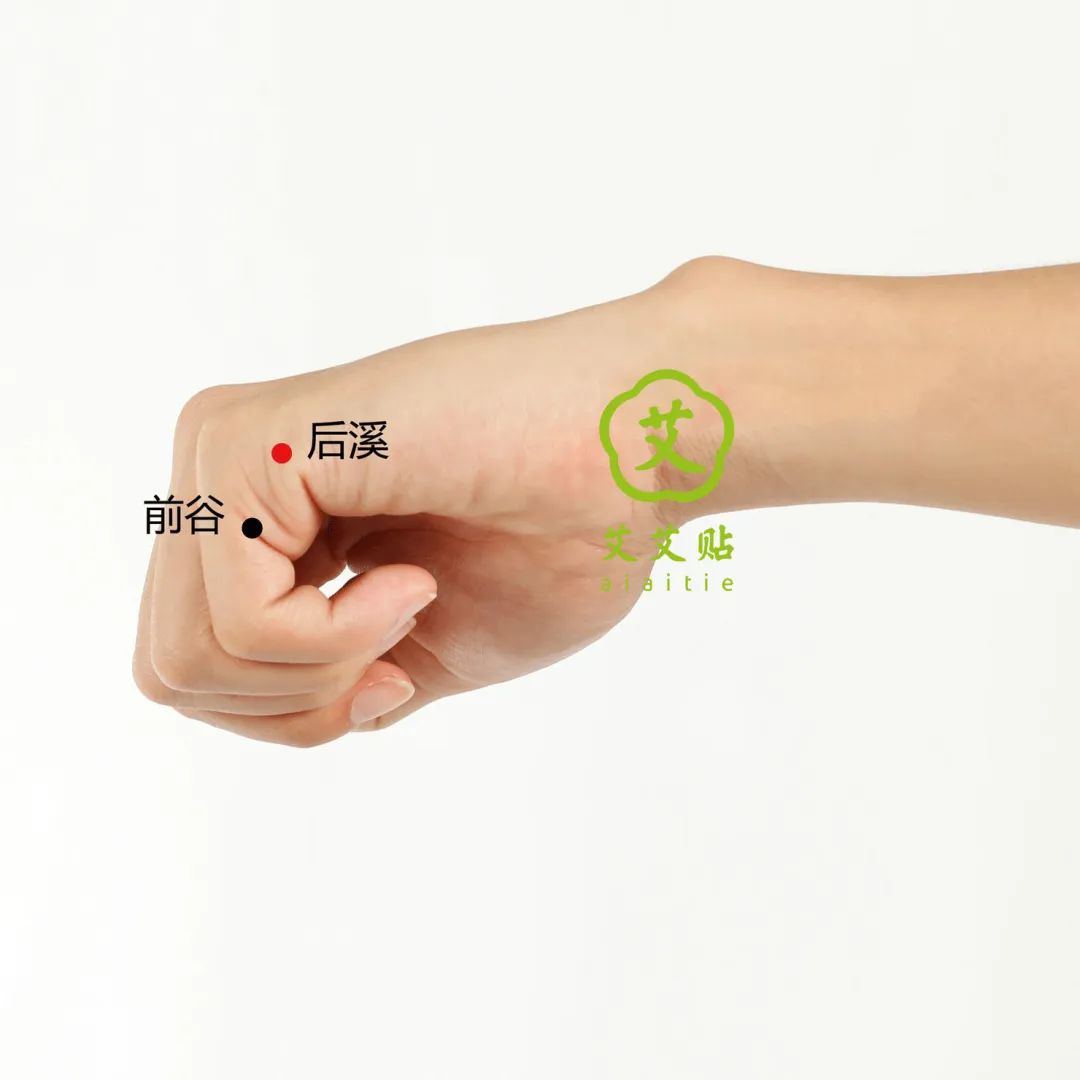
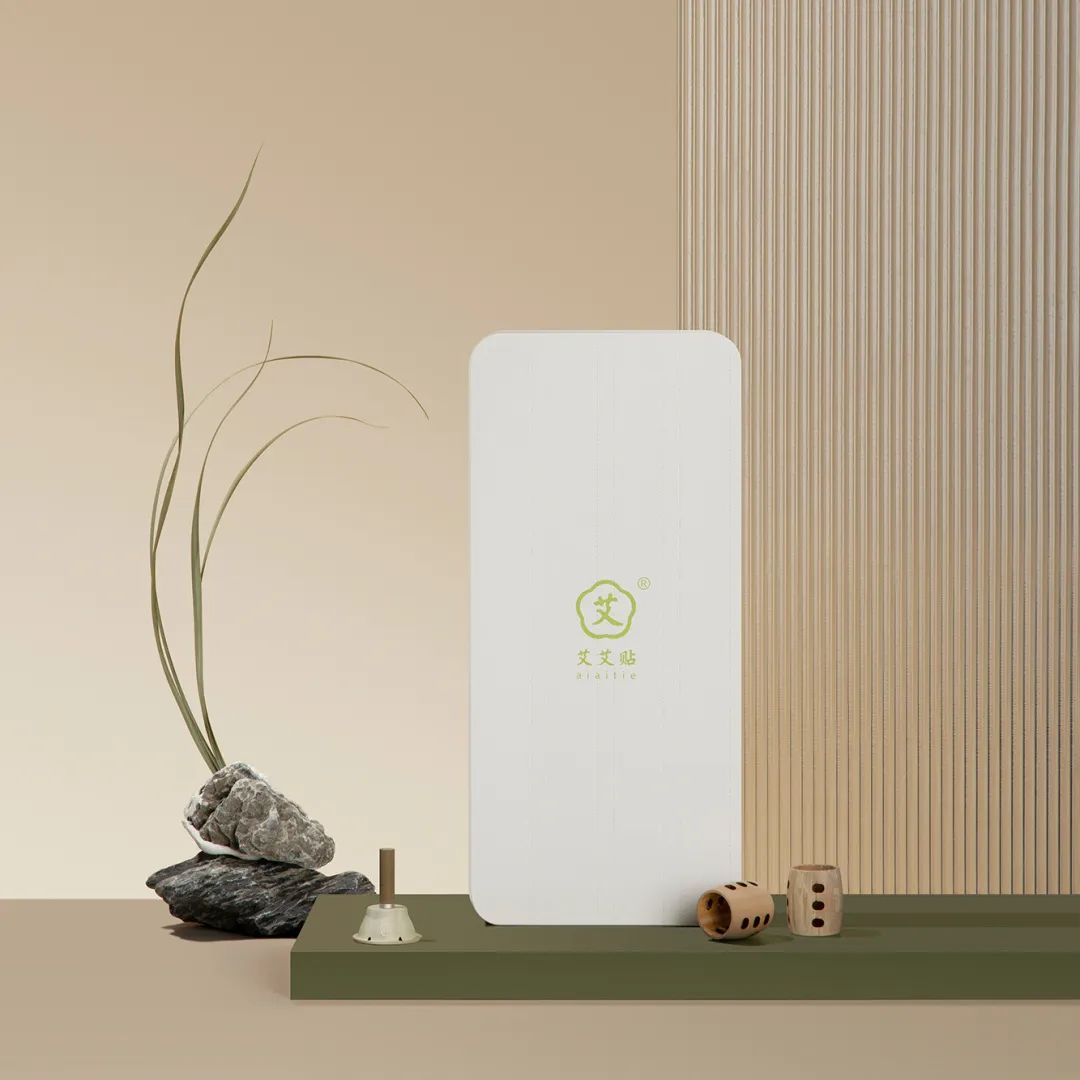
Houxi point is one of the eight meeting points, opening the governing vessel. Therefore, for pain in the spine, such as lower back pain, cervical spondylosis, and sciatica, moxibustion at this point can provide relief. Houxi point can also regulate sweat, making it effective for night sweats and spontaneous sweating.
Yanglao Point: Health Point for the Elderly
Location: With the palm facing down, press the highest point of the ulnar styloid process with the other hand, then turn the palm towards the chest, sliding the finger into the bone gap.
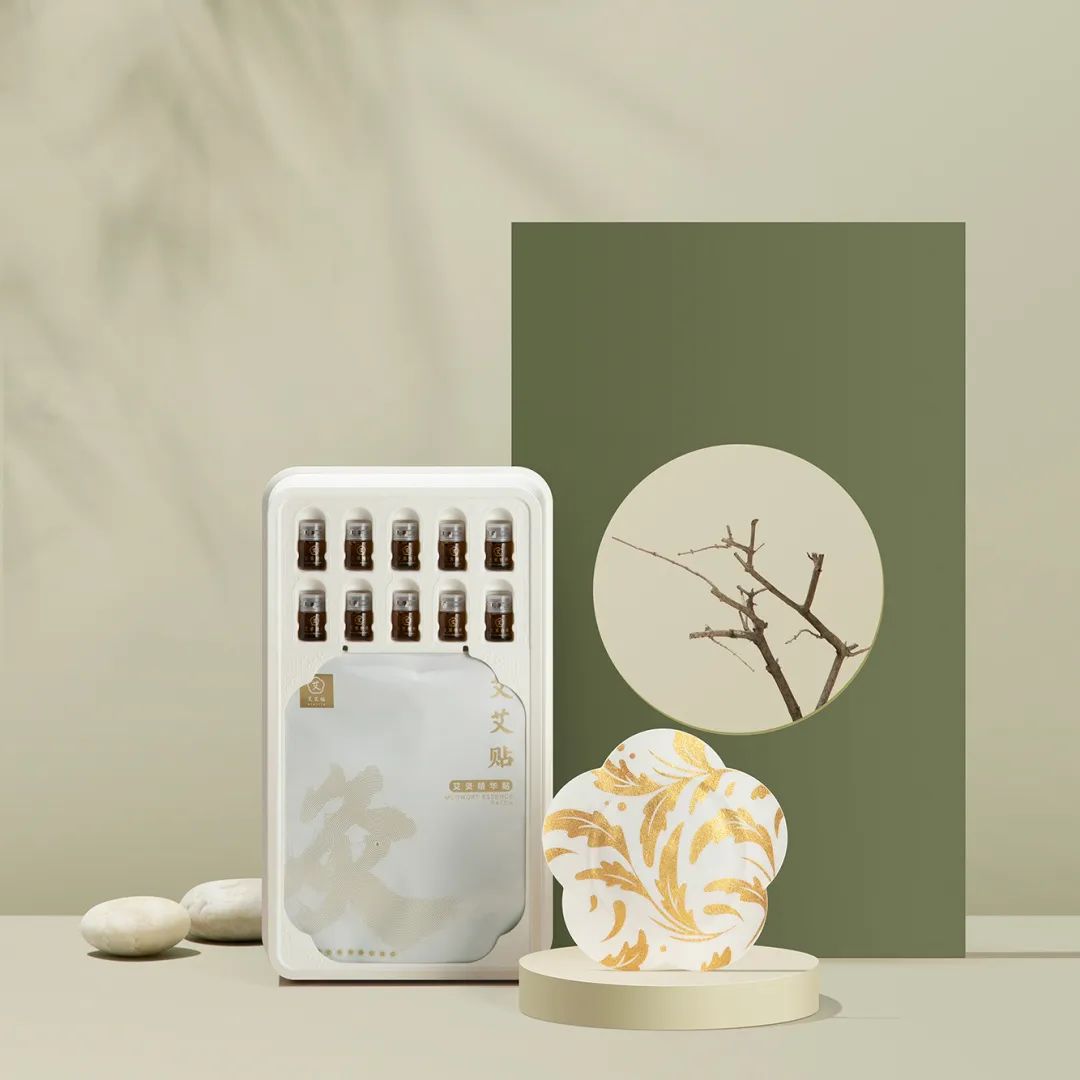
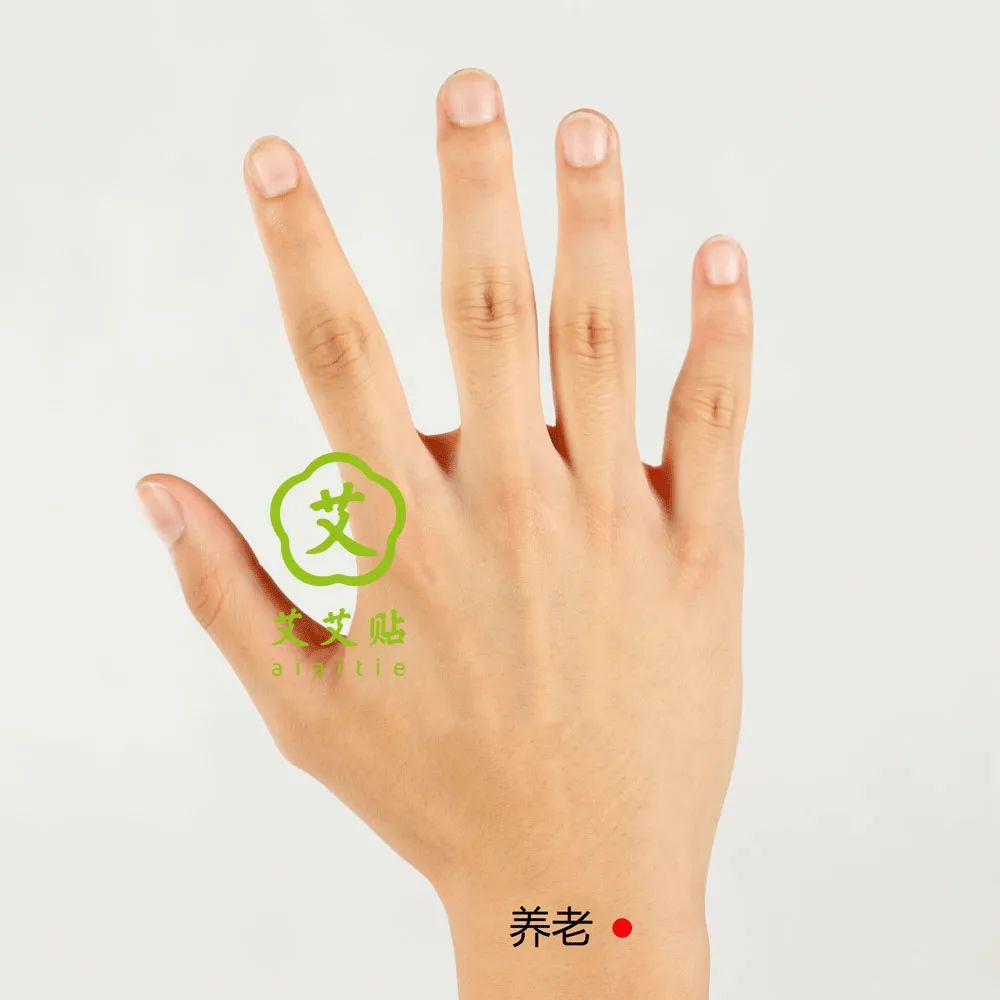
This point’s name suggests it is particularly beneficial for the elderly, and indeed, Yanglao point is very useful for elderly health care. It can help with issues such as blurred vision, hearing loss, and heavy footsteps in the elderly.
Additionally, Yanglao point has the effect of lowering blood pressure, making regular moxibustion at this point highly beneficial for the elderly.
Zhizheng Point: Supports Upright Qi
Location: 5 cun above the transverse crease on the back of the wrist.
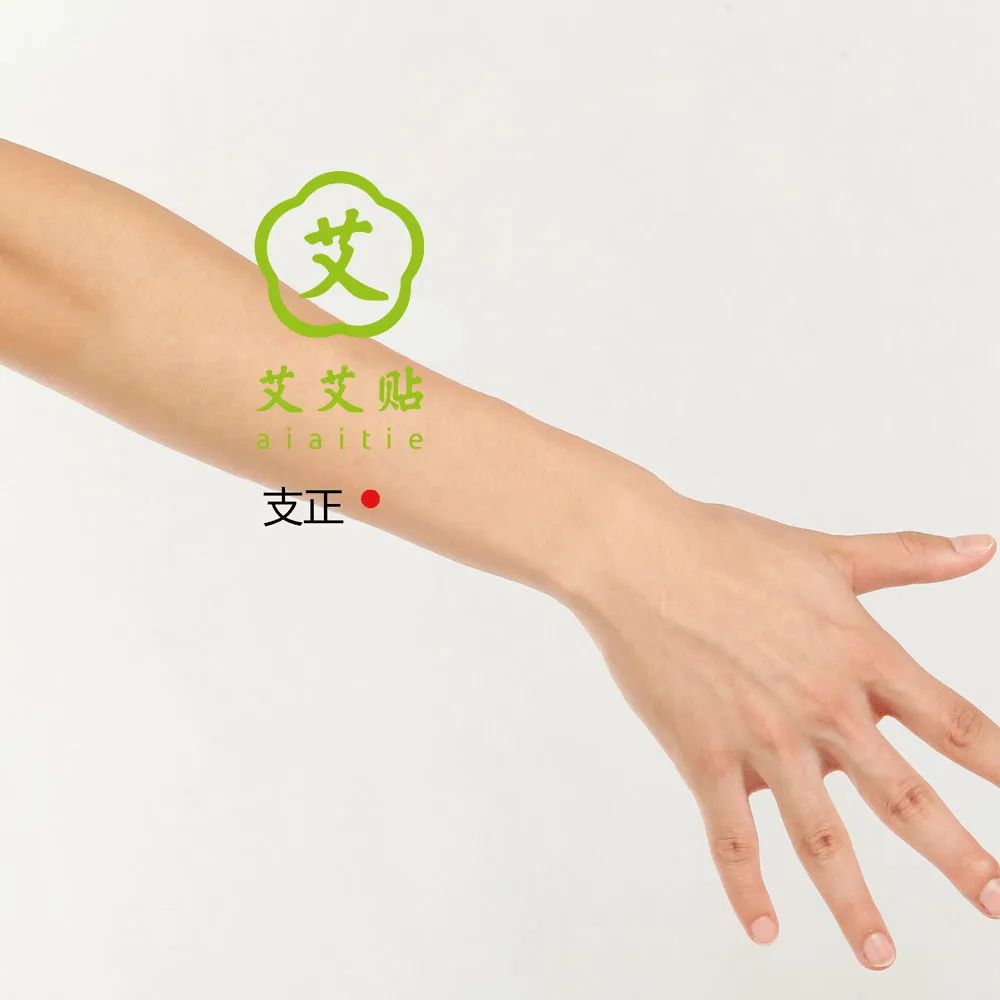
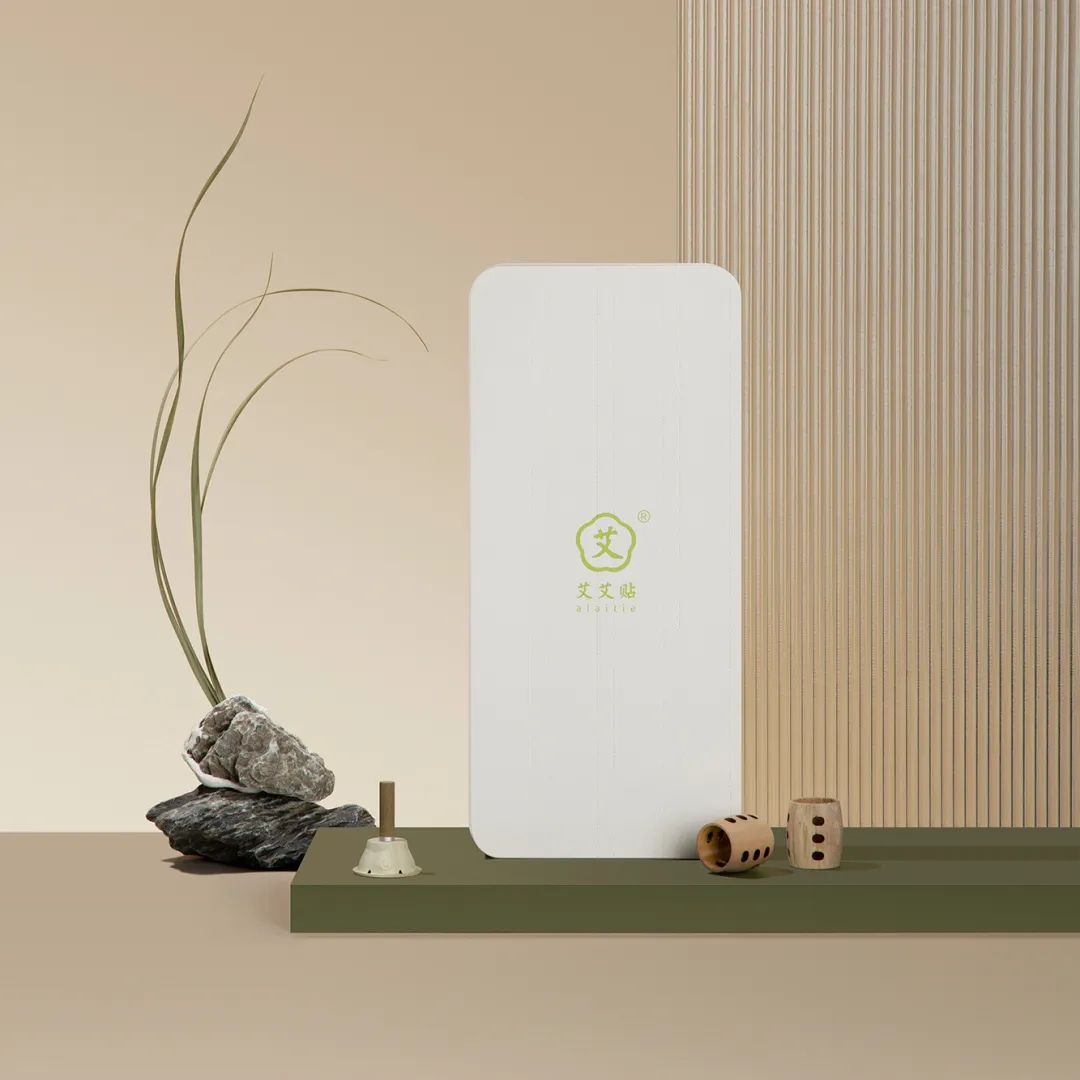
From the name of this point, it is clear that its function is to support upright Qi. When the body’s upright Qi is insufficient, one may experience weakness in the hands, inability to grip objects, and often suffer from headaches, dizziness, forgetfulness, and anxiety. In such cases, moxibustion at Zhizheng point can help replenish upright Qi.
Click the video to follow the Aiai Tie video account
Learn more professional health knowledge
◎ Selected Recommendations



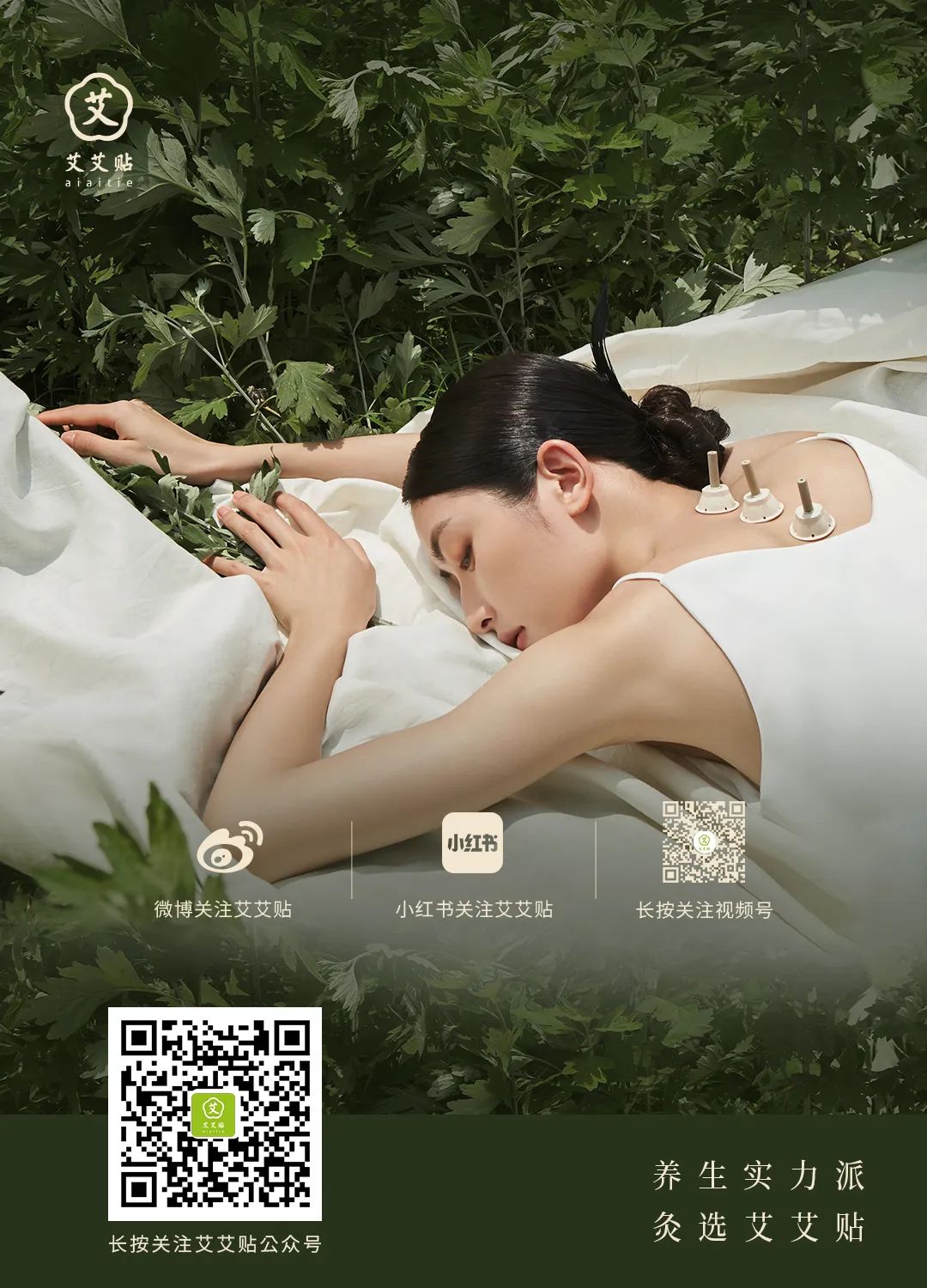 Click to ViewShare the moxibustion with friends 👇
Click to ViewShare the moxibustion with friends 👇

